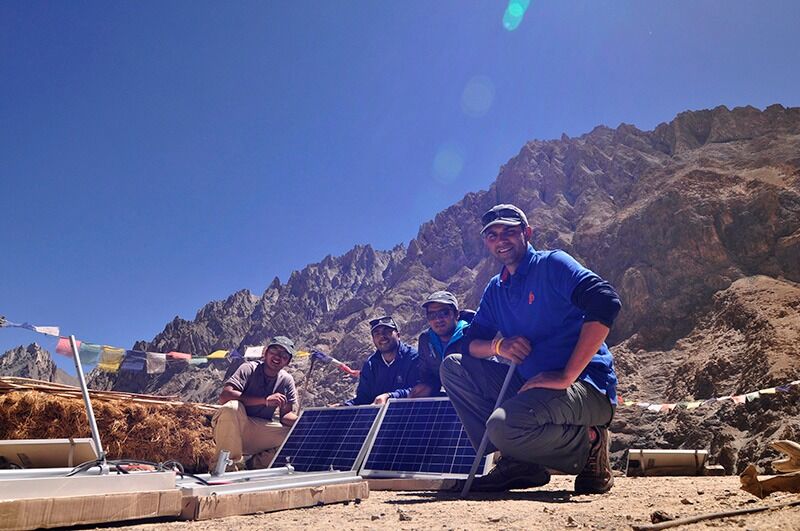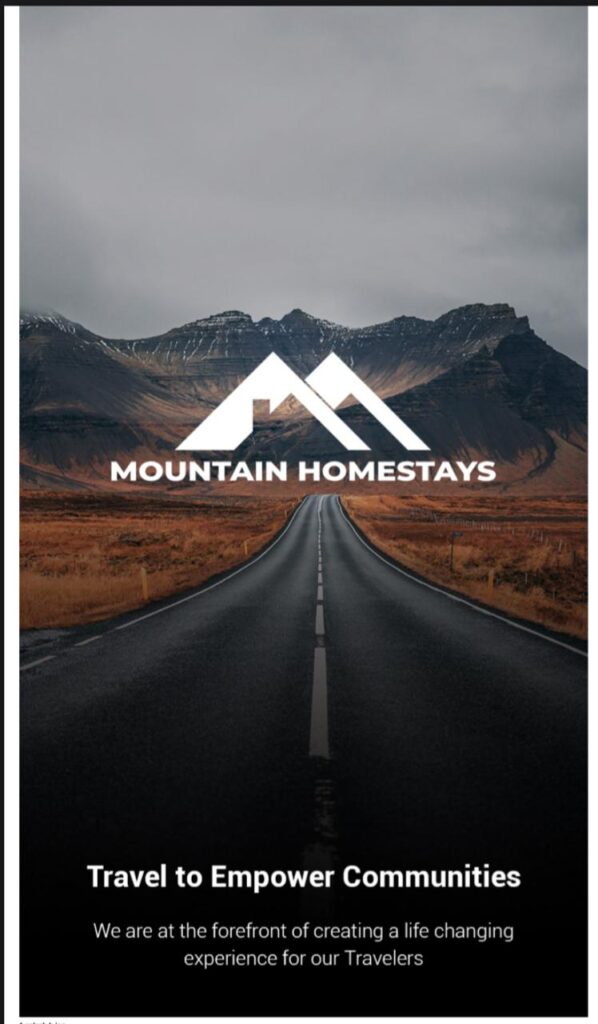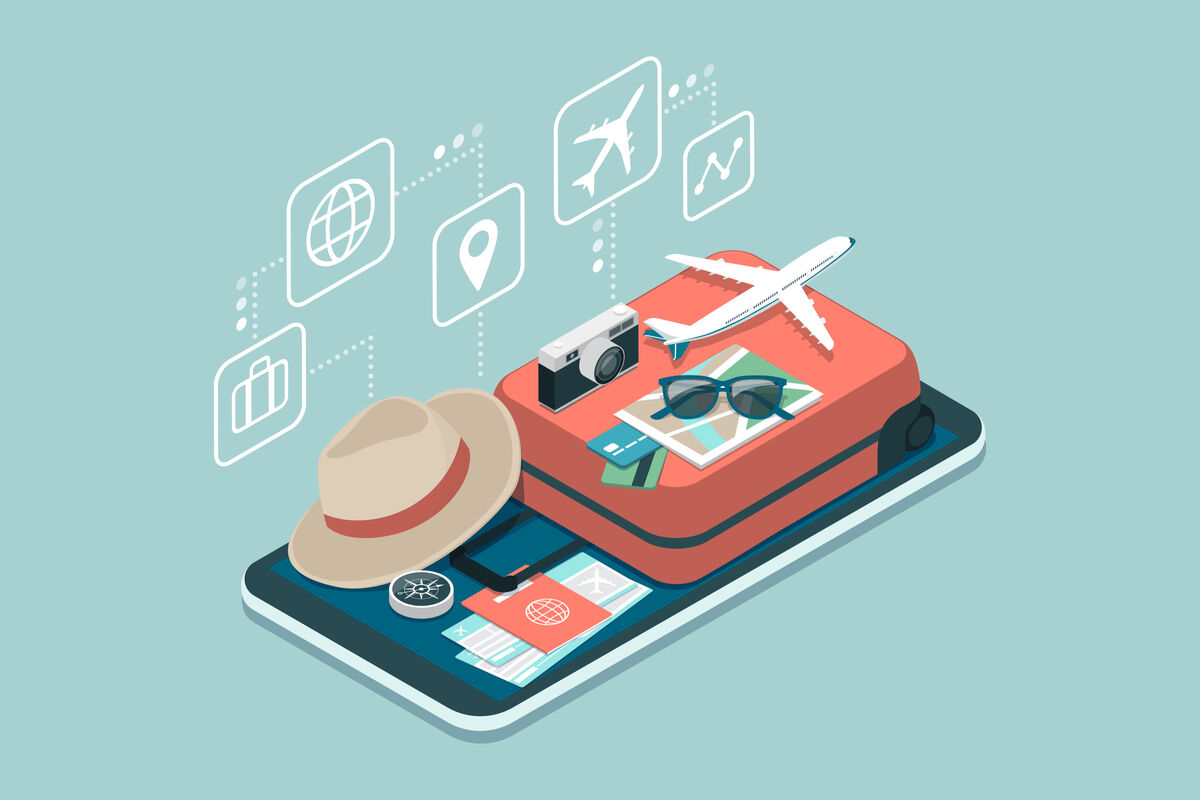Tourism has always been an ever-evolving industry, and technological advances have not only changed the way we travel but added a lot to our interactive and exciting travel experience.
The blend of technology in the tourism sector has made it more accessible and approachable to the travelers of the age. While planning your vacation now, you’d go online, read about the place, check pictures and videos, go through reviews, and make bookings. All of this is made possible through the intervention of technology in the tourism sector. However, this is just the tip of the iceberg, technology today is playing a deeper role in the way we travel.


Once hidden from the world, technology has enabled us to easily locate remote places on the map, choose between them, and ultimately visit them. There are multiple examples of such remote places, that did not even have access to the basic facilities, until a couple of years ago, but now have established their presence in the tourism space and developing at a rapid pace. The development has been achieved by accessing the basic needs of the local population and matching it with innovative ideas to fulfill them. A wonderful example is of the village, Sumda Chenmo in Ladakh, India. The village, for centuries, has preserved its rich heritage and monasteries and has the potential to become a great sustainable destination. When Paras Loomba from Global Himalayan Expedition first visited the village, he worked with the locals to access their needs, such as continuous electricity and brought together the conjunction of technology and tourism to bring electricity in these villages. This is what serves as a perfect example of how technology can empower communities and open new avenues for tourism.


Once Paras was able to plan out the electrification along with the community, he not only electrified the village and the monastery but also assisted the community to set up homestays. Having clean energy through micro solar grids is a small step towards a green destination. The availability of homestay further empowers the community to take a step towards hosting travelers and generating livelihood within the community via tourism.
There are many such examples, such as the remote communities of the Garo Hills in North East India, the Kampung Kalihi village in Indonesia, and many more, where technology has paved the way for development and made the place accessible for travel.
Building up destinations, once they have the basic facilities is relatively easier. The infrastructure can depend upon the geography and the requirements for a quality experience. From using Solar energy for electricity or relying on wind energy for power generation, from using this cleaner energy for cooking to using eco-friendly utensils, all these small efforts come a long way in making the destination more resilient. All these efforts backed up by technological advancements are making the homes more efficient and interactive for the travelers.


Using these advancements and providing the traveler an immersive experience, is now a possibility. A wide range of energy-efficient electronics is now available around the globe that makes the remote communities stand out on the tourism map.
But there has been a shift in the travel industry this year. The travel restrictions have impacted us all including the communities relying on tourism for their livelihood. Some of the communities have been able to cope better than the others, and have moved on to newer platforms to serve the travelers locked in their homes, by adapting to virtual world technologies. There has been a significant upsurge in the offering of AR and VR experiences by the communities to showcase their traditions and culture. The impact that one could make by having a digital footprint has proven its importance this year.


Prominent museums around the world have started virtual tours and many famous tourism destinations can now be explored sitting at home. This is yet again a great example of how technology and tourism can make travel more accessible. With this advancement in mind, now that things are opening up, travel will soon be up and running again, but there needs to be a certain amount of confidence-building done by the destinations, to ensure that the travellers are comfortable in stepping out and start exploring without risking their health and well being.


This is where technology is again proving to be a great ally. Real-time health monitoring systems like DEMETRA, offline information servers providing information about a destination without any human contact, automatic sanitizer dispensers, augmented reality trails, all such small initiatives are trying to make an impact and support these communities. They are trying to make these destinations a more approachable, accessible place for the travellers.
One good example worthy of mention is DEMETRA. It serves real-time monitoring system of health parameters of both the travellers as well as the village community. This is beneficial in the region which does not have direct access to medical facilities. It serves a two-way purpose of providing the host an assurance that traveller is not infected and builds trust within the traveller for the destination.
Such devices are important in the effort of bringing back some sort of normalcy in the destinations and helping them slowly open up for tourism.
The action in hand now is to support such initiatives and innovate more such systems to cover all aspects of a destination, instilling confidence in a traveller, to travel more.


Nice article.well articulated!